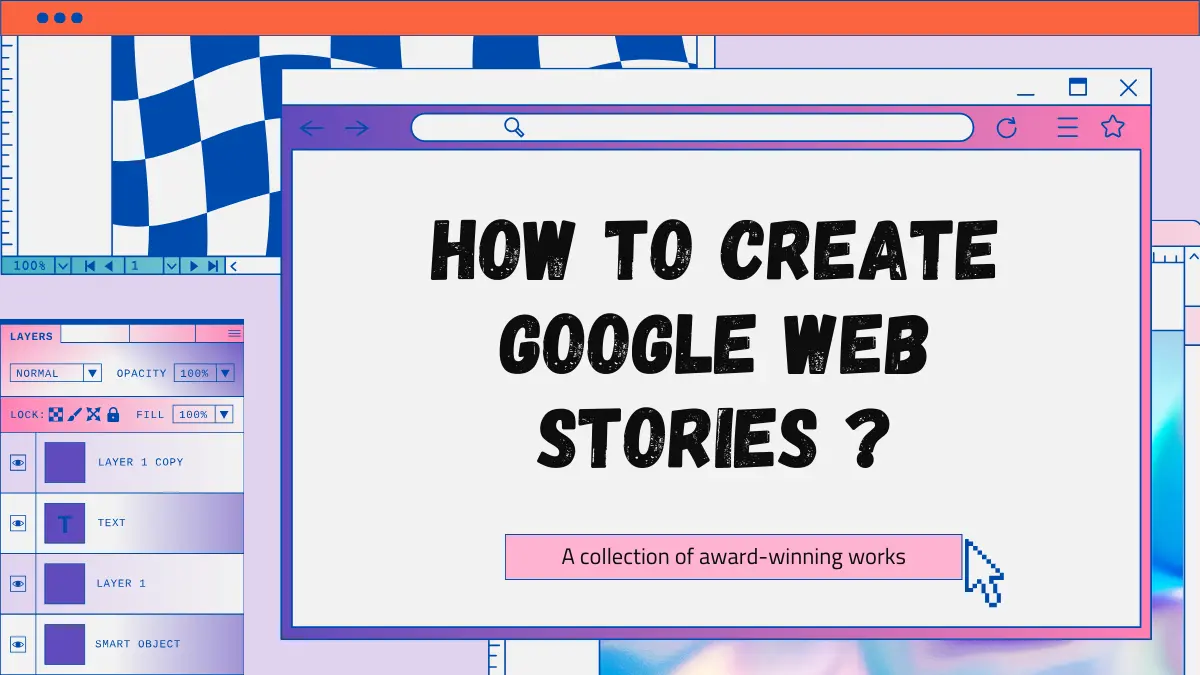
How to Create Google Web Stories
How to Create Google Web Stories: A Step-by-Step Guide
Introduction to Google Web Stories
Google Web Stories are a visually engaging way to deliver short, snackable content directly on search engine results, Google Discover, and Google Images. They function like Instagram or Snapchat Stories, offering a full-screen experience but with one key difference—they are discoverable via Google Search and drive organic traffic to your site.
In this blog, we will guide you through the process of creating Google Web Stories, from choosing the right tools to optimizing them for SEO.
What Are Google Web Stories?
Google Web Stories are AMP-based, visually immersive content pieces designed for mobile-first consumption. They are made up of multiple slides (images, videos, text) and provide a short-form, fast-loading, and visually engaging way to convey information. Web Stories can be used to highlight various types of content, including tutorials, product launches, recipes, or even breaking news.
Benefits of Using Google Web Stories
Google Web Stories can play a crucial role in content marketing by:
- Boosting Organic Traffic: Since Web Stories can appear in Google Search, Discover, and Images, they increase the chances of your content being found by a wider audience.
- Enhancing User Engagement: The immersive nature of Web Stories keeps users engaged for longer, especially on mobile devices.
- Visual Appeal: High-quality images, videos, and animations make the content visually appealing and more shareable.
- SEO Advantage: With the right optimization, Google Web Stories can rank high on search engines and attract a significant number of clicks.
How to Create Google Web Stories
1. Choose the Right Tools
To create Web Stories, you can use tools like:
- Google Web Stories Plugin for WordPress: This plugin allows you to easily create and publish Web Stories on your WordPress website.
- Make Stories: A dedicated platform that enables you to create visually stunning Web Stories.
- Newsroom AI: A no-code platform designed for building Web Stories with ease.
These tools come with pre-designed templates, drag-and-drop interfaces, and customization options to help you build professional Web Stories quickly.
2. Define Your Story Outline
Before jumping into the design, outline the flow of your story. Keep your target audience in mind and ensure that your content offers value. A good story typically includes:
- A captivating introduction
- Clear and concise information
- Visuals that support the message
- A strong call-to-action (CTA) at the end
3. Create Visually Engaging Content
Since Google Web Stories are highly visual, the quality of your images, videos, and animations is critical. Some tips for creating engaging content:
- Use High-Quality Images: Ensure that your images are at least 1200px wide to meet Google’s Web Stories requirements.
- Keep Text Short and Punchy: Avoid long paragraphs; instead, use short and catchy sentences to communicate your message.
- Add Interactive Elements: Enhance engagement by using polls, quizzes, or swipe-up links.
4. Optimize for Mobile
Google Web Stories are predominantly viewed on mobile devices, so you need to ensure that your story is optimized for a seamless mobile experience:
- Use Responsive Design: Make sure your content adjusts to different screen sizes without losing quality.
- Fast Loading Times: Compress your images and videos to ensure quick loading speeds.
5. Incorporate SEO Best Practices
Optimizing your Google Web Stories for SEO is key to getting more visibility:
- Use Keywords in the Title: Ensure that your Web Story title is descriptive and includes relevant keywords.
- Meta Description: Add a compelling meta description to boost click-through rates (CTR).
- Alt Text for Images: Add alt text for every image to make your Web Story more accessible and SEO-friendly.
- Structured Data Markup: Use schema markup to help Google understand the content and context of your Web Story.
6. Test and Publish
Once your Web Story is ready, preview it across different devices and platforms to ensure everything looks great. When you’re satisfied with the final product, publish your story and promote it across your channels, such as social media, newsletters, and your website.
FAQs About Creating Google Web Stories
A: Some popular tools include Google Web Stories Plugin for WordPress, MakeStories, and Newsroom AI. These platforms offer user-friendly interfaces and templates to help you create high-quality stories.
A: While Google Web Stories are optimized for mobile devices, they can also appear on desktop search results, though they are best experienced on mobile.
A: Yes, Google Web Stories can be monetized through ads. You can integrate Google Ad Manager or AdSense to display ads within your stories.
A: By optimizing your Web Stories for SEO, using high-quality visuals, and sharing them across social platforms, you can drive significant traffic. Adding clear CTAs and links to your website will also help convert story viewers into visitors.
A: Short, visually-driven content such as tutorials, product demos, news highlights, and event promotions perform well. Focus on storytelling that grabs attention within a few seconds.
A: The recommended length for Google Web Stories is between 5 to 30 slides. However, keep the story concise and engaging to avoid losing the viewer’s attention.

Leave a Reply